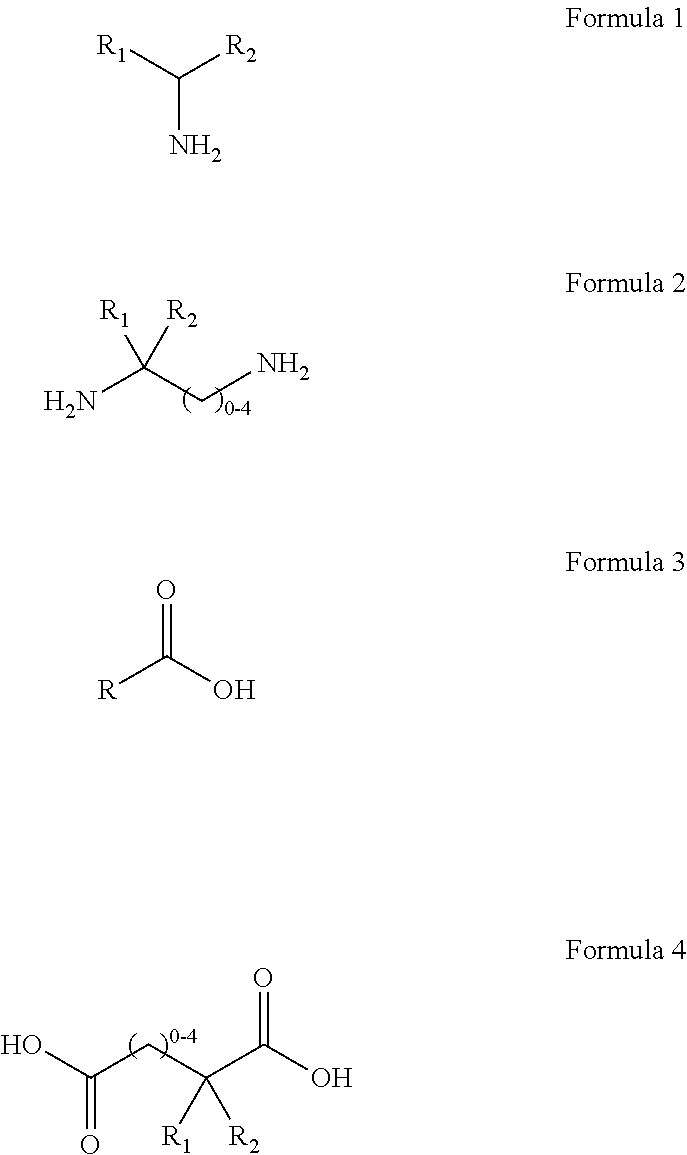Conductive ink
a technology of conductive ink and ink, which is applied in the field of conductive ink, can solve the problems of reducing the conductivity of a similarly printed electrode, increasing the required cost, and reducing the transparency of the resultant electrode, so as to reduce the concentration of conductive materials, improve the conductivity, and reduce the cost
- Summary
- Abstract
- Description
- Claims
- Application Information
AI Technical Summary
Benefits of technology
Problems solved by technology
Method used
Image
Examples
Embodiment Construction
[0031]Specific embodiments of the invention will further be described by way of example only.
[0032]Embodiments of the present invention relate to a simple method of producing printable conductive ink comprising a dispersion of conductive material in a viscous liquid which does not necessarily contain a polymeric additive and, also, a method of using this ink for the production of a transparent and conductive electrode pattern. In certain examples of the printable conductive ink, the rheology of the viscous liquid may be controllable to allow it to be adapted for use with a variety of printing techniques.
[0033]The absence of a polymeric additive in the conductive ink may result in the deposition of the conductive material only, a drawback of which may be low adhesion of the conductive material to the substrate, something which is provided by the polymeric additive component of typical conductive inks. The result of this, for example, may be poor robustness of the printed electrodes t...
PUM
| Property | Measurement | Unit |
|---|---|---|
| temperature | aaaaa | aaaaa |
| transmittance | aaaaa | aaaaa |
| temperatures | aaaaa | aaaaa |
Abstract
Description
Claims
Application Information
 Login to View More
Login to View More - R&D
- Intellectual Property
- Life Sciences
- Materials
- Tech Scout
- Unparalleled Data Quality
- Higher Quality Content
- 60% Fewer Hallucinations
Browse by: Latest US Patents, China's latest patents, Technical Efficacy Thesaurus, Application Domain, Technology Topic, Popular Technical Reports.
© 2025 PatSnap. All rights reserved.Legal|Privacy policy|Modern Slavery Act Transparency Statement|Sitemap|About US| Contact US: help@patsnap.com

